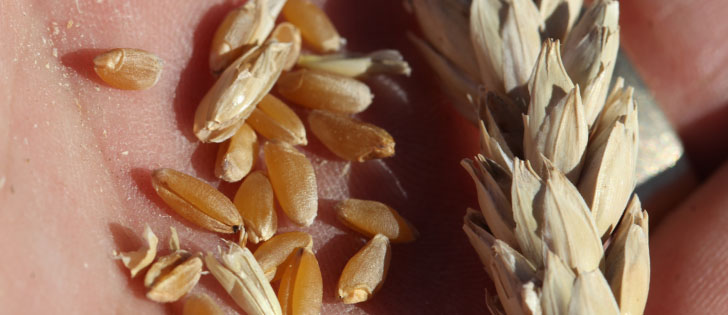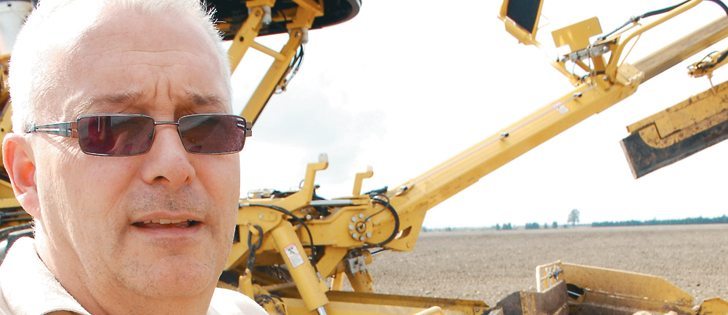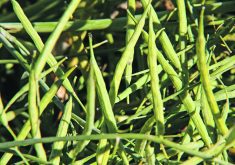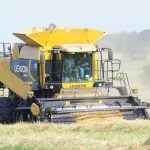Peter Lacey jumped when he saw an opportunity in the agricultural equipment dealership business unfold in front of his eyes 10 years ago.“I saw that there was going to be a big gap in owners wanting to sell and having nobody be able to buy it because of the value of the dealerships,” said the president of Cervus Equipment Corporation.Dealerships that once changed hands for a few hundred thousand dollars had become too expensive to move. A typical store now sells for between $6 and $8 million, including real estate.Lacey built a publicly traded corporation to acquire multiple equipment dealerships. As of March 15, Cervus owned 30 stores, including 15 John Deere agricultural dealerships located primarily in Alberta and Saskatchewan. There are an estimated 80 John Deere dealerships in Western Canada.Cervus is on the leading edge of the consolidation trend in North America’s farm equipment industry.“I guess they can eliminate some costs by dealing with fewer dealers,” said Lacey.Rocky Mountain Dealerships is another publicly traded company touting itself as Canada’s largest network of dealerships, representing Case IH and New Holland agriculture equipment and Case construction equipment.The company operates in 25 locations across the Canadian Prairies, with 17 outlets in Alberta, one in Saskatchewan and seven in Manitoba.Lacey also knows of privately held companies with 10 or 11 stores.When he started in the business, it was all single, stand alone dealerships. Today, he estimates 30 to 40 percent of the businesses are still one or two store dealerships, with the remainder owned by companies with five or more outlets.That is a worrisome development for people like Greg Marshall, president of the Agricultural Producers Association of Saskatchewan.“It definitely is a concern because competition is always a good thing,” he said.Marshall said the province has been divided into regions by these dealerships. He has heard that farmers who travel into neighbouring areas to get a price on a piece of equipment are sent back to deal with the dealer in their own area.“If they won’t give you a price, you certainly can’t compare it, can you? This is not a good thing,” he said.Lacey said there is still enough competition in the industry to prevent price gouging. Manufacturers are wary of allowing unchecked growth in dealers carrying their lines.“Deere is cautious about us getting too big too quickly, so it’s not like we have unlimited opportunities at any speed,” he said.John Deere dealt with about 1,600 owner groups in North America about four years ago. The manufacturer is comfortable with reducing that number to a couple hundred, said Lacey.While Deere offers volume discounts on sales exceeding $4 million, it refuses to negotiate any bulk buying discounts with its dealers.Economies of scale are instead realized by streamlining administrative expenses. Cervus does the payroll, human resources, banking, insurance and manufacturer settlements for its dealerships out of its head office in Calgary. That leaves dealerships to focus on taking care of customers and developing their employees.Better customer service is a key benefit that multi-dealer companies can offer farmers. They can afford to hire expensive specialists who know the ins and outs of increasingly complicated machinery.Lacey foresees continued consolidation in the agricultural equipment industry. A lot of dealerships are merging these days because there is still a shortage of companies able to buy dealerships outright for cash.His company intends to continue to scout for acquisition opportunities, although it is constrained by what John Deere will allow.Marshall believes the days of the stand alone shop are numbered.“We’re seeing them disappear pretty rapidly,” he said.
Read Also
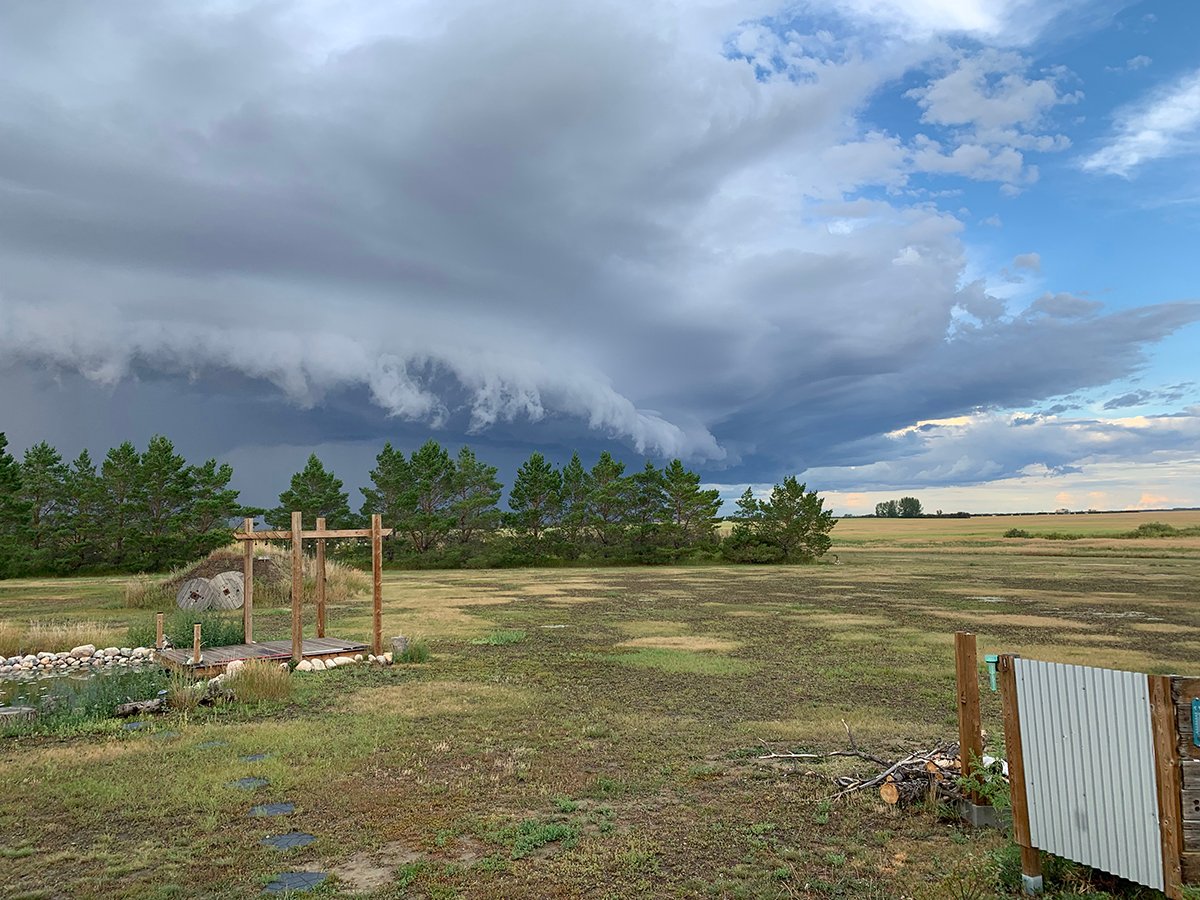
Storm dynamics and extreme rainfall
Besides moisture, instability and orographic lift, the next biggest factor that contributes to heavy or extreme rainfall is storm dynamics.



